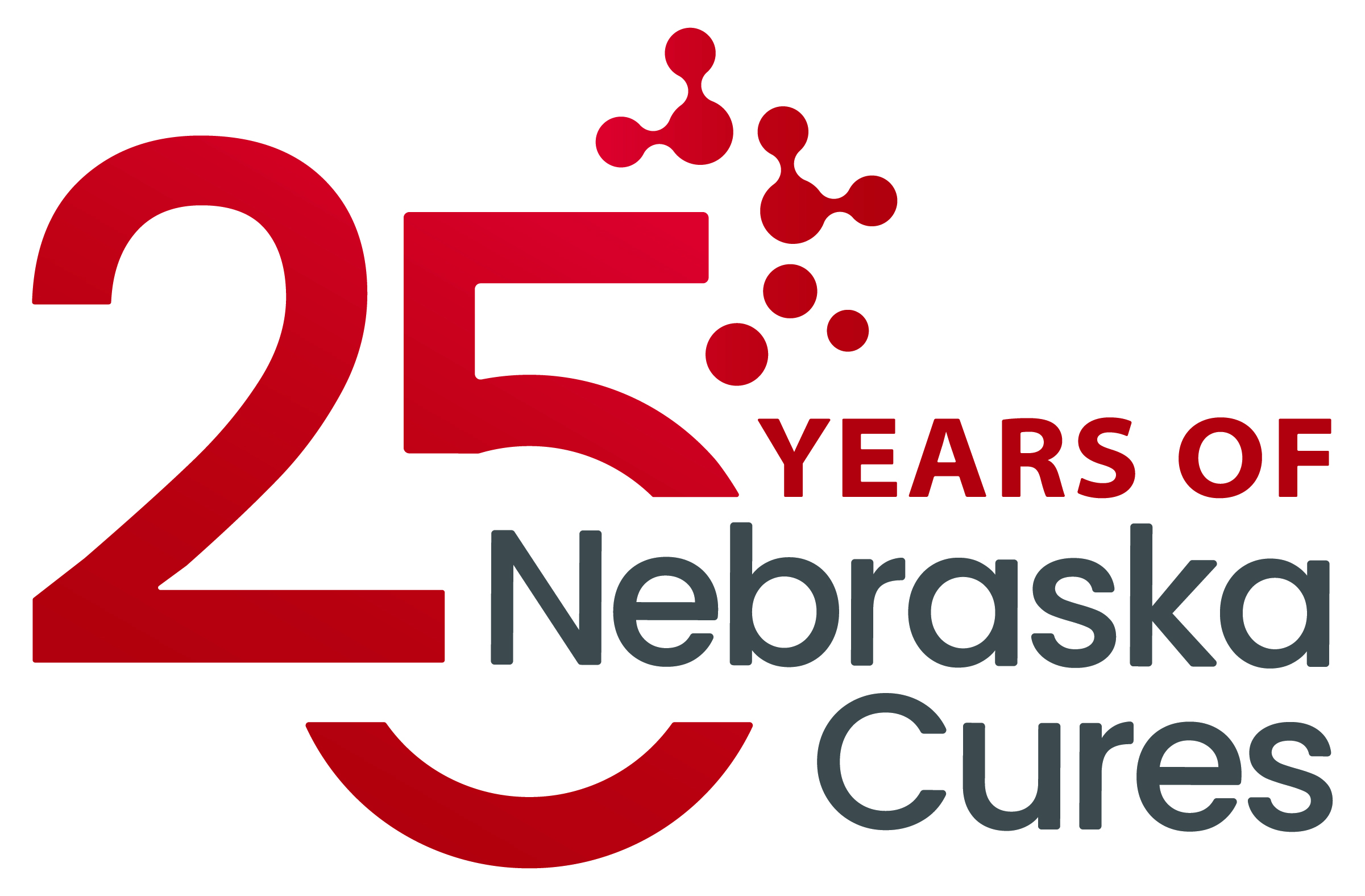
At the end of the year, Dr. David Crouse is stepping down as the President of Nebraska Cures, and former University of Nebraska Regent Chuck Hassebrook will step into the role. Dave will remain on the Board of Directors and continue to bring important insight into cutting edge medical research to our work. We are forever grateful for his steady and insightful leadership over his 18 years of service!
As Dr. Crouse steps away from his leadership role, his final column reflects on the origins of Nebraska Cures and the exciting road ahead.
From the Desk of the President
by David Crouse, PhD
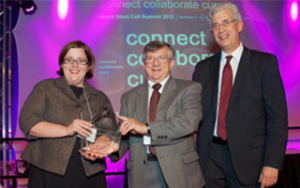 Let us recall the not-so-distant past – say 25-30 years ago. The Medical Center and University were thrown into turmoil with the sudden dismissal of the UNMC Chancellor, Dr. Carol Aschenbrener on August 30th, 1996. This was closely followed by the appointment of a new Chancellor, Dr. Bill Berndt. With this administrative change, the attention of the medical campus was somewhat re-directed to have more emphasis on research. As is common in the university world, new “Councils” and “Committees” were established to facilitate this change. We turned the corner and moved forward.
Let us recall the not-so-distant past – say 25-30 years ago. The Medical Center and University were thrown into turmoil with the sudden dismissal of the UNMC Chancellor, Dr. Carol Aschenbrener on August 30th, 1996. This was closely followed by the appointment of a new Chancellor, Dr. Bill Berndt. With this administrative change, the attention of the medical campus was somewhat re-directed to have more emphasis on research. As is common in the university world, new “Councils” and “Committees” were established to facilitate this change. We turned the corner and moved forward.
Just over 3 years later, UNMC was again thrown into turmoil when the Omaha World Herald lead with the Sunday, November 28th headline “NU Uses Fetal Cells in Studies”. All hell broke loose on that long Thanksgiving weekend. The written media had a field day – most of it critical of the university, particularly the medical center. Some of it was justified. It was followed by numerous Op-Eds, Midlands Voices, public pulse letters in both the OWH and the Lincoln Journal as well as other small regional papers. UNMC was shaken by the turmoil and put on the defense to justify and explain the research. “Nebraskans for Research” a non-profit organization, was formed to provide a public support for the research at UNMC. Together with UNMC, an “educational” offense was moved forward. This included open forums to educate the public and our legislators, public “debates” with those in opposition to the research, Science Cafes, Lunch & Learns, talks with service organizations and churches, seminars at schools, sponsoring public talks by nationally respected researchers, and lots of individual educational meetings with Nebraska legislators.
At the same time our legislature was pushed into action. Laws greatly restricting some research or, in some cases, completely banning research approaches using fetal tissue and later stem cells were put forward. This happened again and again for several years. Many public hearings were held with both sides making their case to the legislative committees. Protesters were in the hallways and the streets. It was a messy, turbulent time. Finally, a compromise “Stem Cell Act” (LB606) was passed in 2008 that allowed research in the University to go forward as long as it was in compliance with the Federal law. That law still stands. In spite of that, in 2009 an attempt was made to restrict stem cell research by the Board of Regents. That included a heated public hearing where both opponents of the research and supporters of the research, including our organization, made their presentations and appeals. In the end, with a narrow win, no restrictions to stem cell research were approved and the university moved forward with its research.
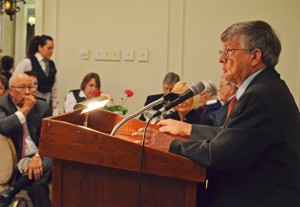
During this ten or so tumultuous years, retention of good faculty and hiring of new faculty were significantly stressed by the long-running battle over stem cell research. Nonetheless, with lots of hard work, research continued to thrive in all areas and as time went on, the controversy subsided. Very few legislative proposals concerning stem cells have even emerged above the “just thinking” level in recent times. It took years, but time and education as well as major successes in the stem cell area at the national and international level gradually pushed these topics off the front page. During this same time period “Nebraskans for Research” was re-envisioned as an advocacy- and education-focused “Nebraska Coalition for Lifesaving Cures” (dba Nebraska Cures) and its sister, lobby-focused organization, “Research Nebraska”.
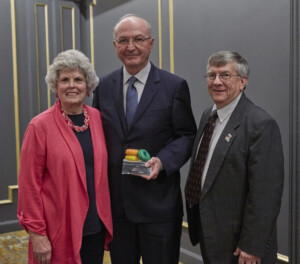
Let us redirect our thoughts to the present. Research at UNMC and the entire NU System is at an all-time high. A narrow, but important portion of it is still based on stem cells in one form or another. In the worldwide realm of stem cell science, the applications of embryonic stem cells (ESC), induced pluripotent stem cells (iPSC), and other stem cell derivations are finally coming into clinical reality. Gene therapy based on stem cell manipulations is also emerging with very successful clinical trials related to sickle cell disease, Thalassemia and other genetic, blood-related diseases. Many of these approaches are being used at UNMC.
Today, our work is consolidated under Nebraska Cures and our impact continues to grow. In strategic planning meetings of Nebraska Cures leadership and full Board, we identified several research areas that would benefit from the same advocacy and educational focus that we experienced with stem cells. While not leaving our support and advocacy for stem cell research areas and medical research in general, we see the need to place additional emphasis on the following areas: climate and health, maternal and child health, mental and behavioral health. These are big targets but clearly arenas of emphasis for federal, state and private grants. They are also areas where the plagues of misinformation and disinformation are prevalent, especially in many forms of social media. This is one of the reasons that education is a necessary component of advocacy.
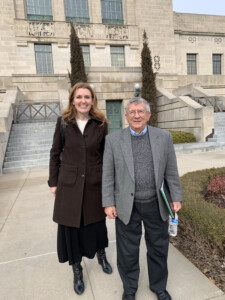
Finally. Let us think and hope about the future. Research in all health-related areas will not be unnecessarily restricted and will be well supported financially with well-trained researchers and a strong support of the public. We all will continue to battle misinformation and disinformation with increasing success. Education will always be our strongest weapon. Cancer, heart disease, diabetes, maternal and child health, mental illness, genetic disorders, infectious diseases, climate related health, and all the complications of aging will be met with much better treatments or even cures.
There will always be at least two political parties, and they will have different platforms and agendas. Nonetheless, political battles between Red and Blue cannot be allowed to distract us from doing excellent research, providing the best clinical care and educating all of our students with the hope that these distractions will increasingly be in our “rear-view-mirrors” (or cameras!).
